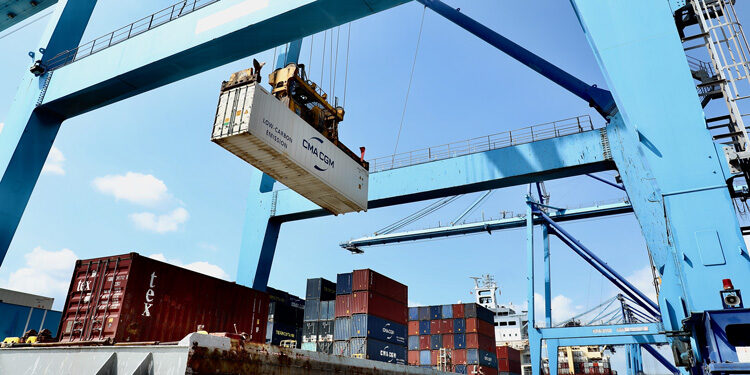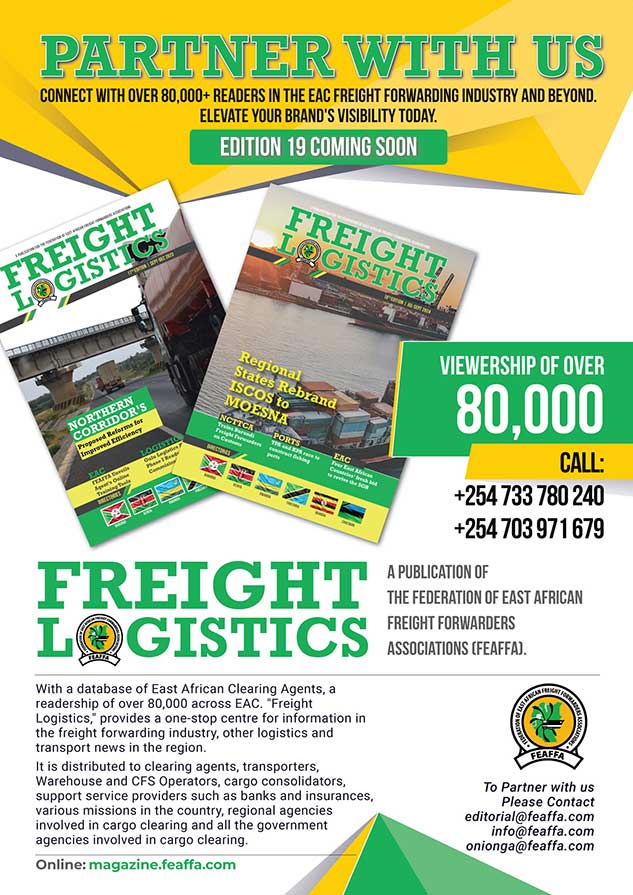The Port of Mombasa is experiencing a significant surge in vessel calls as increased trade volumes and seasonal imports drive up cargo traffic. According to the latest 14-day forecast released by the Kenya Ports Authority (KPA), the port is expected to receive 28 container vessels, 20 conventional cargo ships, five feeder vessels, and five oil tankers, along with seven other specialized vessels.
This brings the total expected vessel calls over the next two weeks to 65 – a clear indication of the port’s growing importance as a regional maritime hub. The 14-day list was generated on 2nd September 2025
The rise in vessel calls has been attributed to multiple factors, including an uptick in regional trade, the peak importation season ahead of the festive period, and increased demand for essential commodities such as fuel, food supplies, and manufactured goods. Importers are rushing to restock ahead of the last quarter of the year, traditionally a busy period for trade in East Africa.
KPA officials have pointed to improved operational efficiencies as another key driver of this growth. Over the past year, the port has invested heavily in modern handling equipment and technology to boost throughput. Enhanced crane availability and reduced downtime have allowed for faster ship turnaround, encouraging shipping lines to schedule more frequent calls to Mombasa.
“The growth in vessel calls reflects the confidence that shipping lines and cargo owners have in Mombasa’s capacity to handle growing trade volumes efficiently,” a senior KPA operations manager said. “Our focus on equipment uptime, disciplined berth scheduling, and round-the-clock operations has significantly improved port performance.”
The 28 container vessels expected will cater to both imports and exports, supporting Kenya’s position as a key gateway to the East and Central African markets. The five feeder vessels scheduled to dock will facilitate the movement of cargo to and from smaller regional ports.
Meanwhile, the five tankers highlight rising demand for petroleum products across the region, particularly as industrial activity and transport needs increase. The conventional cargo vessels will carry bulk shipments such as grain and clinker.
However, the surge in vessel traffic has also led to temporary congestion, with nine vessels currently at anchorage awaiting berthing space.
The latest developments underline Mombasa’s strategic role in regional trade, serving landlocked countries such as Uganda, Rwanda, South Sudan, and the Democratic Republic of Congo. As East Africa’s economies continue to grow, analysts predict sustained growth in cargo volumes, underscoring the need for continued investments in port infrastructure and logistics.
This article was published by Githua Kihara, an editorial consultant for FEAFFA’s Freight Logistics Magazine. For any inquiries, please contact us via email at editorial@feaffa.com or freightlogistics@feaffa.com, or reach out to Andrew Onionga directly at onionga@feaffa.com or oningaam@gmail.com / +254733780240.





